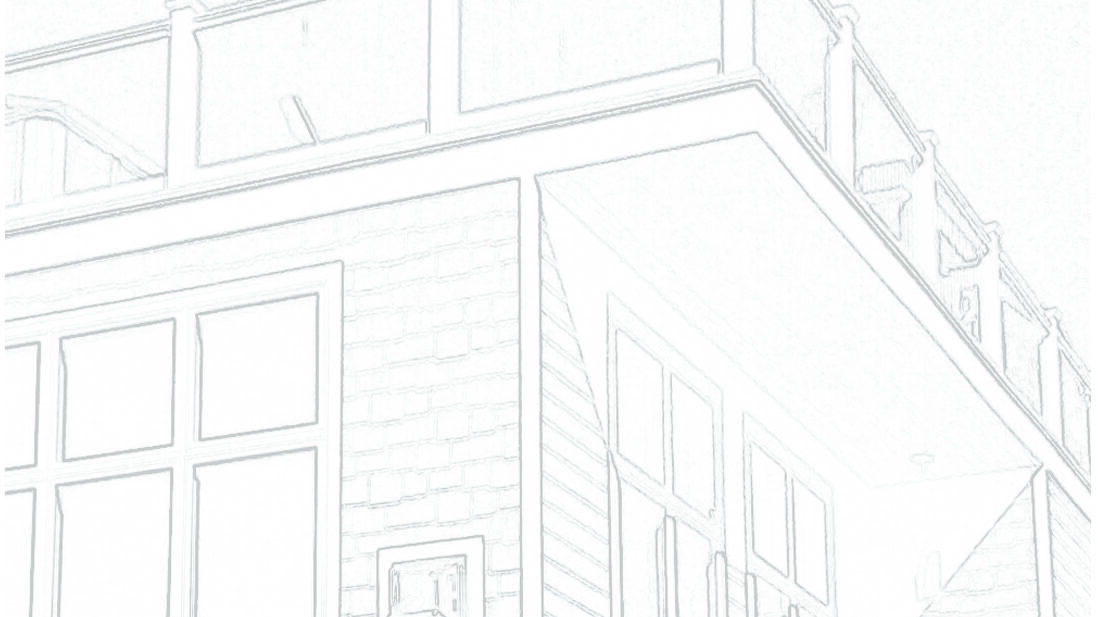Knock on Wood
One detail often overlooked by clients is the material choice in what holds their house up. There are a million options out there with more and more coming to the marketplace all the time. We’ll start with an exploration of good old-fashioned lumber.
Lumber is the original choice for residential construction and still one of the most popular. It’s less common in commercial construction due to fire concerns, but has a lot of advantages over other materials. In commercial construction, the services of a firm like Nationwide Construction could help ensure that the right building materials are chosen and you can go ahead with a project in the knowledge that the project is being handled by people with experience. With wood, the first advantage is it’s easy to work. The amount of labor required in framing with lumber is minimal compared to other options and it is abundant and easy to find. It’s also cheap as wood is the least processed option around. For stud walls, it’s hard to beat unless you’re building very tall as it’s strong, light, and reasonably thermally resistant. In fact, wood is far stronger than most other building materials per weight making it an easy choice for any new construction.
There are downsides to lumber, however. The first is the fact that it’s cheap and minimally processed meaning that it tends to be dimensionally unstable. The actual depth of a 2×12 for instance can vary a quarter of an inch when it arrives on the job site. This doesn’t sound like much, but it can be a real pain for a contractor framing up a floor if each joist is different in height, often leading to a bouncier floor than desired. They often come crowned or bent leading to a large amount of waste and even if you get beautiful perfect lumber on the job-site, it will move after it’s installed as it continues drying out. Most new houses will actually shrink an inch or two over the first decade of their existence which can cause nail pops and cracks in the drywall and even sloped floors if the studs shrink unevenly. And while wood is very strong per weight, it also can be incredibly weak in lumber due to the presence of these knots and imperfections if they happen at just the wrong location. The worst part about lumber is that all of these problems have gotten worse in modern times thanks to the methods used to grow trees for lumber. Almost all lumber is now some form of pine treated to grow as fast as possible making it less dense and generally less strong and more prone to knots and imperfections leading some contractors to swear it off for more engineered options.
Lumber is a great material for the majority of residential and a good portion of commercial construction, but it does need to be designed and detailed propperly by a design professional and installed by a quality carpenter to minimize it’s downsides. If you want an inexpensive structural material that will hold up for a hundred years, lumber is still one of the best options out there.
